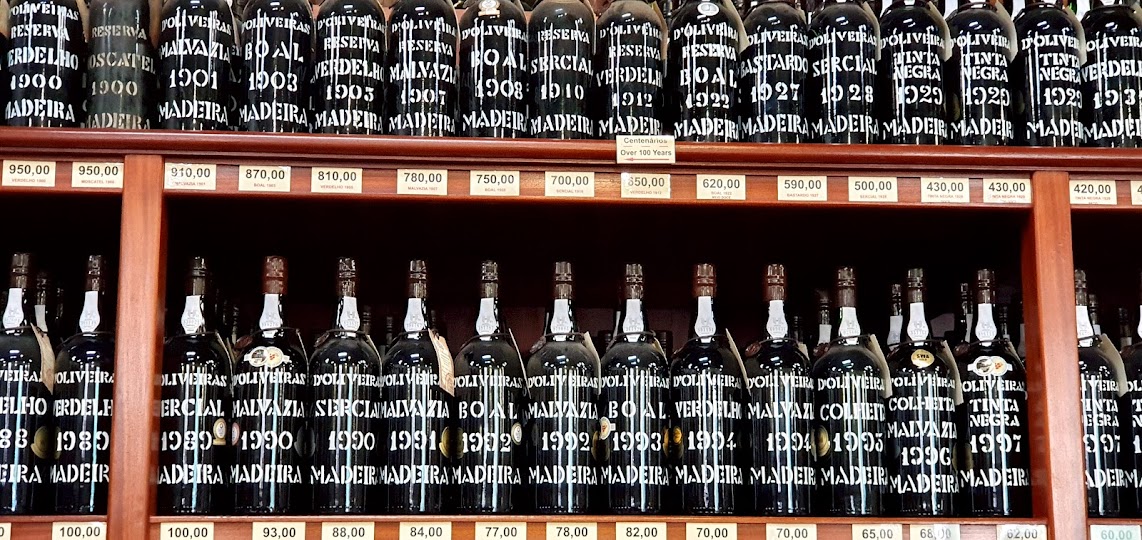Crémant de Bourgogne masterclass organized by Bourgogne Wines today with Laura Kent, proud Ambassador of this wine in London. CdB is well known, and considered by many (excluding producers of Champagne perhaps!) to be a more affordable alternative to Champagne. In this class we will try and determine if that is true.
The following is based on her presentation today, for which I am grateful.
For starters, some numbers: CdB represents 12% of the wine production of Bourgogne and this number is growing. Last year some 22m bottles were sold. By way of comparison, 61% of Bourgogne wine consists of the iconic chardonnay white wine and 27% is red and rosé.
CdB may be produced throughout Burgundy (and parts of Beaujolais) and its vines keep some 2800 hectares of vineyards busy growing grapes for 22m bottles, about 44% of which is exported.
The history of CdB goes back to the middle ages, to the 13th century to be precise, when the first mention appears for "effervescent" (frémillants) wines. But it is only in the 18th century, when bottling as we now know it becomes widespread, that natural effervescence, sometimes unintentional, becomes a common phenomenon and a new taste develops the the bubbles.
In 1818, with the Napoleonic wars over, wine production takes off again and specifically in the Côte de Nuits some of the finest cuvées are converted to sparkling production, most notably red!
In 1830 a certain François Bazille Hubert, a winemakers from Champagne, moves to Rully and starts the tradition of the classical method in Burgundy. Over the next one hundred years more and more vignerons follow his lead and in 1930 no less than 40 vineyards make crémant.
In 1940, with the storm of war gathering in Europe, Simmonet-Fèvre and Moreau start making bubbles in Chablis. In March 1943, with the war in full swing, the appellation Bourgogne Mousseux in created. One would have to wait for another 30 years and in 1975 the appellation Crémant de Bourgogne is inaugurated for both red and white wines.
Strict control criteria are applied to the production of CdB, beginning with inspections in the vineyards and pressing centers, where a limit of 150kg for 100 liters of wine is applied. Grapes are harvested by hand with whole bunches. Quality control of the taste of the base wine follows and a second tasting of 100% of the final product is de rigueur as well.
Minimum of 9 months of aging on laths and 12 months after that prior to release.
Three categories differentiate the final product by quality: crémant, eminént (min 24 months on laths and another tasting) and grand eminént, the Formula 1 of CdB: a) only pinot noir and chardonnay are allowed (some gamay for the rosé); minimum 10% potential alcohol at harvest, only the cuvée (first 75% of press) is allowed; minimum aging is 26 months; wines must be Brut and the final product has to undergo yet another tasting.
And now let us go for some tasting ourselves.
Just 7 hectares of chardonnay in the mâconnais.
Almonds notes for a light yet balanced wine.
Score 82
Domaine manuel Olivier
25 hectares of chardonnay (50% of this wine), pinot noir and aligoté
A light wine
Score 80
Maison Louis Picamelot
Making sparkling wines since 1926
pinot noir, chardonnay and aligoté with some gamay
A dry wine, moderately complex, amaretto notes.
Score 84
Le Vignerons d'Igé
Making wines since 1927, now farms 190 hectares, mainly chardonnay.
A smooth fragrant wine with a final bitter touch.
Score 85
Maison Paul Chollet
Making CdB since 1955.
Concerto, a yeasty fragrant wine, balanced and moderately long.
Score 87
Maison André Delorme
Founded in 1942 in Rully.
A smooth wine with little effervescence.
Score 84
Quatre-vingt-deux blanc de noirs
pinot noir and 20% gamay.
A balanced and long wine with unique cherry notes.
Score 89
Louis Bouillot
Crémant Eminent
Tradition here goes back to 1877 and now covers 140 hectares.
Another fragrant wine with good length and moderate complexity.
Score 88
Caves Bailly Lapierre
Crémant de Bourgogne éminent
Made from grapes collected from 400 growers
85% chardonnay and 15% pinot noir.
Good freshness, intense aromas of ripe cherries, long.
Score 91
Maison Albert Sounit
Established in 1943 and owned by a Danish family since 1993.
Crémanmd Grand éminent 2018
A creamy fragrant wine, very long.
Score 93



No comments:
Post a Comment
Please leave your comments here! Thank you!